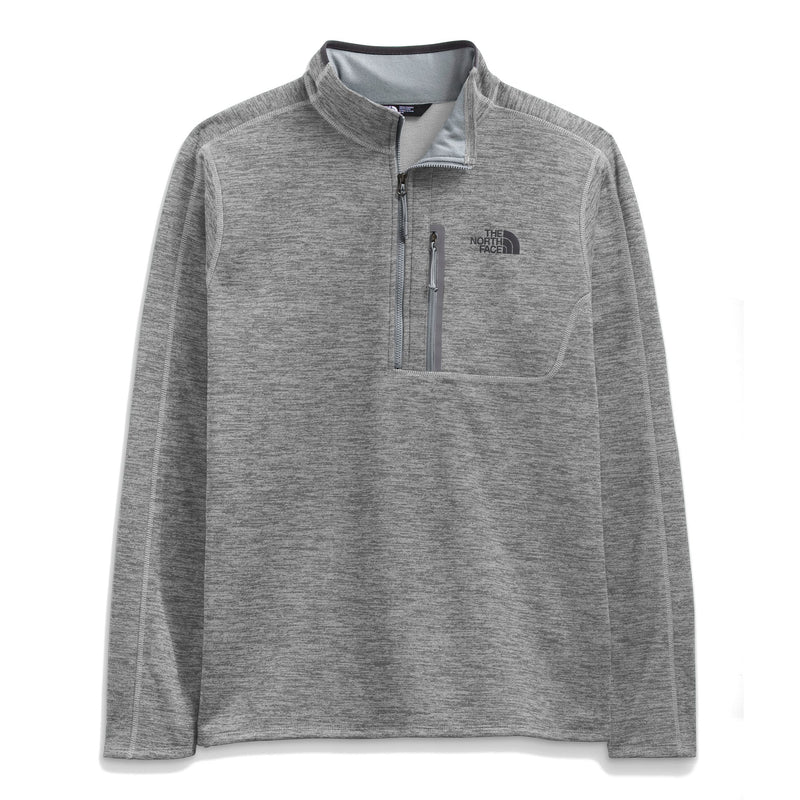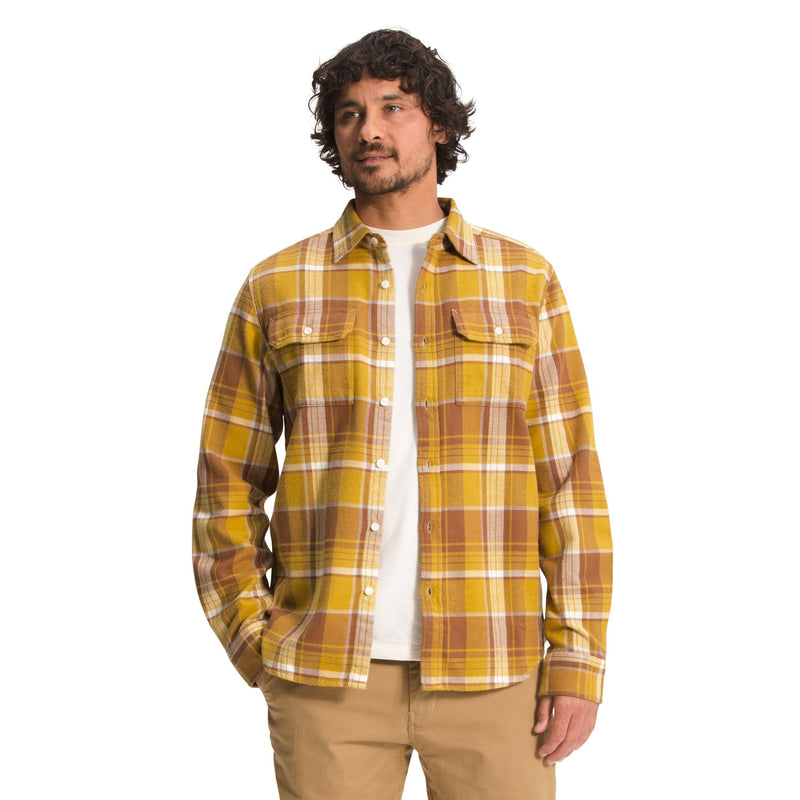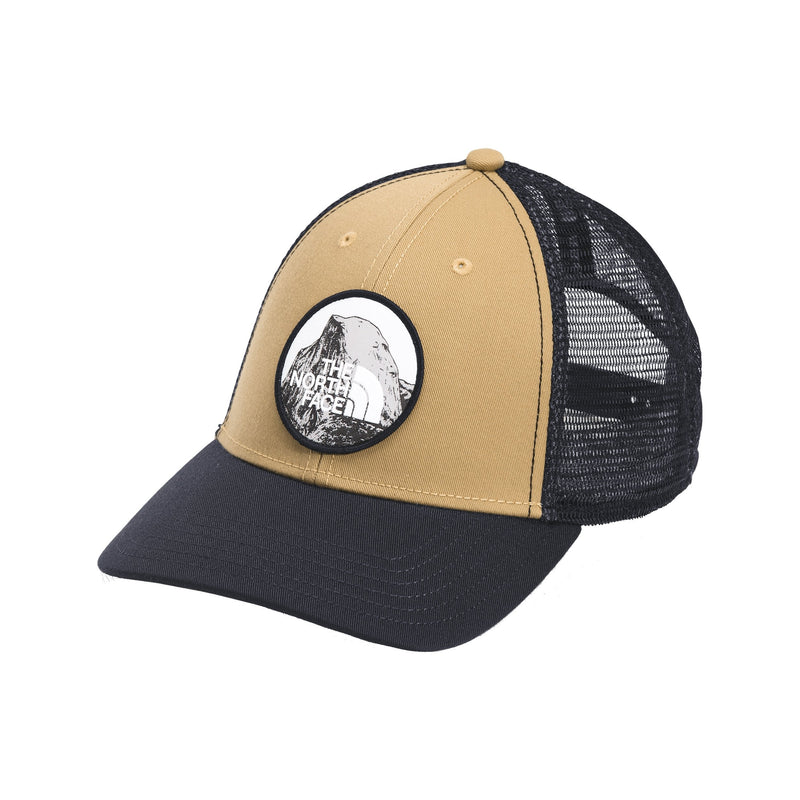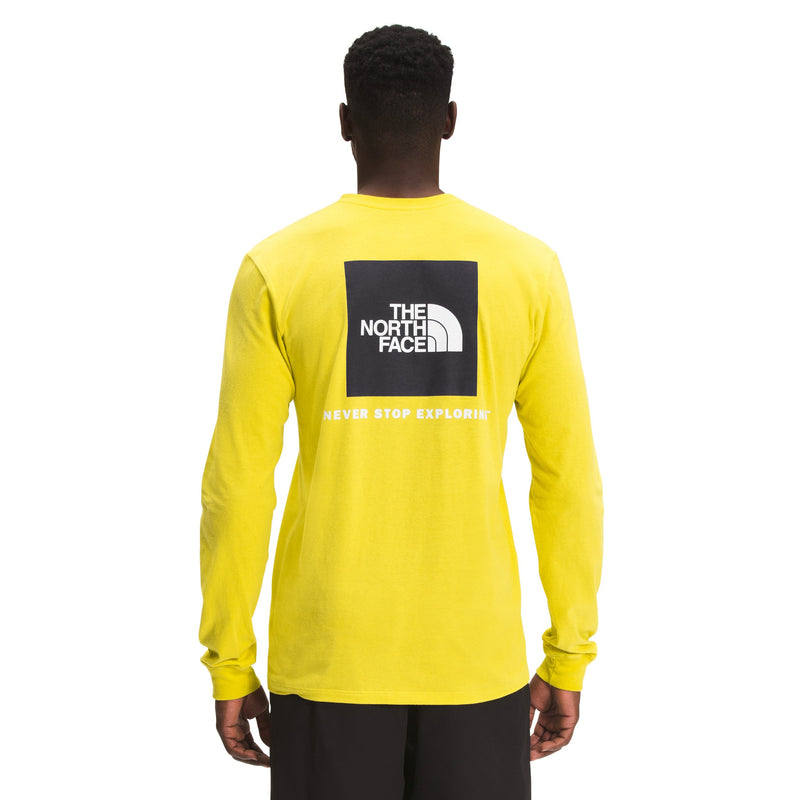The North Face Vault Backpack
More from The North Face
The North Face Vault Backpack

The North Face's classic Vault pack has a modern aesthetic, simplified storage, the ability to stand unsupported and a sought-after endorsement from the American Chiropractic Association.
Features:
TNF's FlexVent™ suspension system, certified by the American Chiropractic Association, features a flexible yoke built from custom injection-molded shoulder straps; an unbelievably comfortable, padded back panel; and a highly breathable lumbar panel
Two webbing top handles make it convenient to open and provide a balanced carry so it doesn’t swing into your side when you’re walking
Pack stands on its own for easy loading and unloading
Padded 15'' laptop sleeve helps protect laptop from bumps and falls
Huge main compartment holds books and binders for a day on campus
Front compartment simplifies organization for the modern user while maintaining essential features for storage such as secure-zip pockets, a tablet sleeve and a key clip
Two external water bottle pockets
External daisy chains for added lash points
360-degree reflectivity
Sternum strap
Women-specific version available
Style:
NF0A3VY2Solid And Print:
600D recycled polyester with non-PFC durable water-repellent (non-PFC DWR) finishHeather:
300D heathered polyester with non-PFC DWR finishAvg Weight:
1 lb 11 oz (770 g)Trims:
recycled plasticDimensions:
11'' x 8.5'' x 18'' (27.9 cm x 21.6 cm x 45.7 cm)Volume:
1648 in³ (27 liters)Laptop Sleeve:
11.5'' x 11'' (29.2 cm x 27.9 cm)Solid And Print:
600D recycled polyester with non-PFC durable water-repellent (non-PFC DWR) finishHeather:
300D Heathered polyester with non-PFC DWR finishTrims:
recycled plastic
How To Measure Your Shoe Size
| US Sizes | Euro Sizes | UK Sizes | Inches | CM |
|---|---|---|---|---|
| 4 | 35 | 2 | 8.1875" | 20.8 |
| 4.5 | 35 | 2.5 | 8.375" | 21.3 |
| 5 | 35-36 | 3 | 8.5" | 21.6 |
| 5.5 | 36 | 3.5 | 8.75" | 22.2 |
| 6 | 36-37 | 4 | 8.875" | 22.5 |
| 6.5 | 37 | 4.5 | 9.0625" | 23 |
| 7 | 37-38 | 5 | 9.25" | 23.5 |
| 7.5 | 38 | 5.5 | 9.375" | 23.8 |
| 8 | 38-39 | 6 | 9.5" | 24.1 |
| 8.5 | 39 | 6.5 | 9.6875" | 24.6 |
| 9 | 39-40 | 7 | 9.875" | 25.1 |
| 9.5 | 40 | 7.5 | 10" | 25.4 |
| 10 | 40-41 | 8 | 10.1875" | 25.9 |
| 10.5 | 41 | 8.5 | 10.3125" | 26.2 |
| 11 | 41-42 | 9 | 10.5" | 26.7 |
| 11.5 | 42 | 9.5 | 10.6875" | 27.1 |
| 12 | 42-43 | 10 | 10.875" | 27.6 |
Men's Shoe Size Conversions
| US Sizes | Euro Sizes | UK Sizes | Inches | CM |
|---|---|---|---|---|
| 6 | 39 | 5.5 | 9.25" | 23.5 |
| 6.5 | 39 | 6 | 9.5" | 24.1 |
| 7 | 40 | 6.5 | 9.625" | 24.4 |
| 7.5 | 40-41 | 7 | 9.75" | 24.8 |
| 8 | 41 | 7.5 | 9.9375" | 25.4 |
| 8.5 | 41-42 | 8 | 10.125" | 25.7 |
| 9 | 42 | 8.5 | 10.25" | 26 |
| 9.5 | 42-43 | 9 | 10.4375" | 26.7 |
| 10 | 43 | 9.5 | 10.5625" | 27 |
| 10.5 | 43-44 | 10 | 10.75" | 27.3 |
| 11 | 44 | 10.5 | 10.9375" | 27.9 |
| 11.5 | 44-45 | 11 | 11.125" | 28.3 |
| 12 | 45 | 11.5 | 11.25" | 28.6 |
| 13 | 46 | 12.5 | 11.5625" | 29.4 |
| 14 | 47 | 13.5 | 11.875" | 30.2 |
| 15 | 48 | 14.5 | 12.1875" | 31 |
| 16 | 49 | 15.5 | 12.5" | 31.8 |
| US Sizes | Euro Sizes | UK Sizes | Inches | CM |
|---|---|---|---|---|
| 3.5 | 35 | 2.5 | 8.625" | 21.9 |
| 4 | 36 | 3 | 8.75" | 22.2 |
| 4.5 | 36 | 3.5 | 9" | 22.9 |
| 5 | 37 | 4 | 9.125" | 23.2 |
| 5.5 | 37 | 4.5 | 9.25" | 23.5 |
| 6 | 38 | 5 | 9.5" | 24.1 |
| 6.5 | 38 | 5.5 | 9.625" | 24.4 |
| 7 | 39 | 6 | 9.75" | 24.8 |
| US Sizes | Euro Sizes | UK Sizes | Inches | CM |
|---|---|---|---|---|
| 10.5 | 27 | 9.5 | 6.625" | 16.8 |
| 11 | 28 | 10 | 6.75" | 17.1 |
| 11.5 | 29 | 10.5 | 7" | 17.8 |
| 12 | 30 | 11 | 7.125" | 18.1 |
| 12.5 | 30 | 11.5 | 7.25" | 18.4 |
| 13 | 31 | 12 | 7.5" | 19.1 |
| 13.5 | 31 | 12.5 | 7.625" | 19.4 |
| 1 | 32 | 13 | 7.75" | 19.7 |
| 1.5 | 33 | 14 | 8" | 20.3 |
| 2 | 33 | 1 | 8.125" | 20.6 |
| 2.5 | 34 | 1.5 | 8.25" | 21 |
| 3 | 34 | 2 | 8.5" | 21.6 |
FAQ & Tips
- What if I am between shoe sizes? We recommend you should size up, especially in active & sports shoes. This includes running shoes and hiking boots.
- Does 0.5 size make a difference in shoes? Yes, it certainly does! Wearing shoes that are too small can cause pain and injuries. Blisters, lose of toenails and bunions can all result from wearing shoes that are even 0.5 size too small. These are common ailments of beginner runners.
- Is one foot bigger than the other? It is common for people to have one foot that is slightly bigger than the other. Our tip is that you should buy shoes that fit the larger foot (buy pairs of shoes in the larger size of the two).
- Should shoes be tight or lose? Unfortunately, this is not a simple question. Shoes should not be too tight or too lose. You should be able to put a thumbs width at the end of your toe box, between your big toe and the pointy end of the shoe. You should also be able to snuggly fit your index finger between your heel and the back of the shoe. If you have not much (or not enough!) space in either of these areas, try a different size shoe.
- When should I try on shoes? A great tip for runners is to try on running shoes at the end of a work day. As you run, just like when you are on your feet for work, your feet swell. You will want to try on running shoes when your feet are at their largest. This allows them to still fit comfortably after a long distance run.
- What size shoe should I buy? This shoe chart is not a guarantee your shoes will fit. If you are in the area of Memphis, Tennessee, run on in to one of our running specialty & gear stores and our experienced fit experts will help you out!
Image below: A Brannock device is one tool run specialists use to measure shoe size. It can measure not only foot length, but also foot width.









































